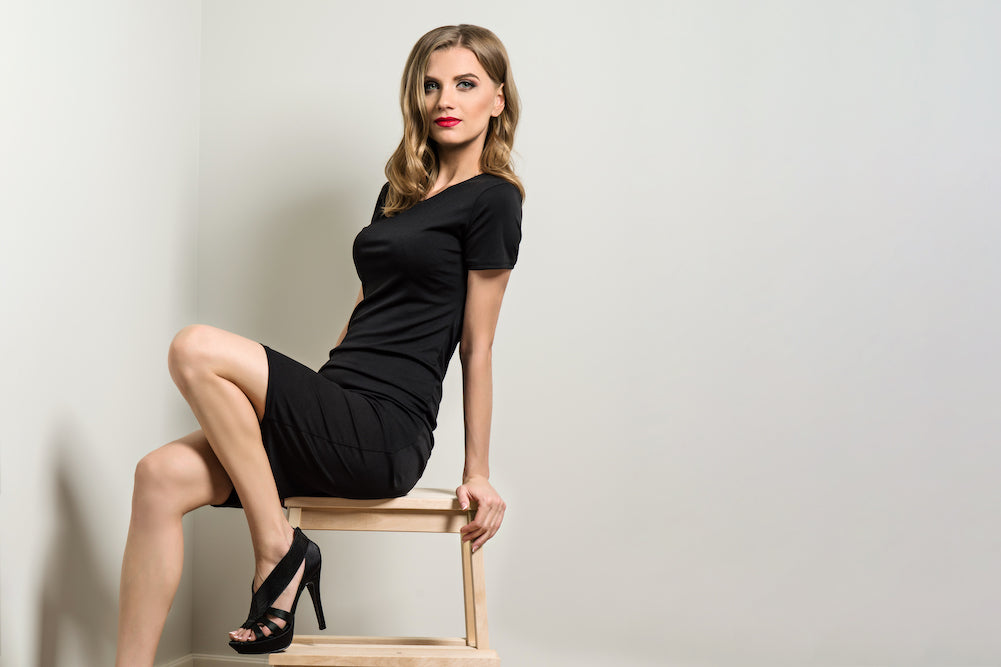The Allure of Timeless Fashion
Elegant attire has always carried a certain mystique. From Audrey Hepburn’s iconic little black dress to modern minimalist styles, timeless fashion stands apart from fleeting trends. The appeal lies not just in aesthetics but also in durability, quality, and versatility. Increasingly, these characteristics align with a larger movement in fashion: the circular economy.
Timeless dresses and subtle accessories embody principles of longevity, reuse, and resource conservation. By choosing well-made garments and versatile accessories, individuals can express personal style while participating in a more sustainable fashion system.
Understanding Timeless Dresses
Defining Characteristics
Timeless dresses share core traits:
- Classic silhouettes that flatter diverse body types (A-line, wrap, sheath).
- High-quality fabrics such as silk, crepe, or organic cotton that drape beautifully and last.
- Minimal embellishments and balanced proportions that avoid trend-based obsolescence.
- Expert craftsmanship, often with reinforced seams, durable stitching, and thoughtful finishes.
A timeless dress transitions easily across contexts — from office to evening, casual brunch to formal event. This adaptability ensures it remains relevant year after year.
Circular Economy Connection
Unlike disposable fast-fashion garments designed for short-term wear, timeless dresses inherently support the circular economy:
- Extended use means fewer items produced and discarded.
- Higher quality reduces the need for frequent replacements.
- Resale and heirloom potential allow garments to circulate among new owners, keeping textiles in use.
An elegant silk dress worn for decades — or passed down to another generation — has a far smaller footprint than dozens of trend-driven purchases.
Decoding Subtle Accessories
The Power of Subtlety
Accessories can make or break an outfit. When chosen with intention, subtle pieces elevate elegant attire without overwhelming it. Hallmarks include:
- Minimalist jewelry such as pearl studs, fine gold chains, or slim bangles.
- Neutral-toned handbags that complement multiple outfits.
- Classic belts or scarves that add polish without distracting.
Circular Fashion in Accessories
Accessories are particularly suited to circularity because they often outlast clothing:
- Heirloom jewelry embodies generational reuse.
- Recycled materials — such as reclaimed metals or upcycled textiles — reduce environmental burden.
- Resale platforms keep handbags, watches, and shoes circulating long after initial purchase.
By choosing accessories that harmonize with multiple dresses, consumers avoid overbuying, aligning personal style with sustainability.
The Art of Styling Elegant Attire
Fit and Tailoring
True elegance lies in fit. Ill-fitting garments diminish even the finest fabrics. Tailoring extends the life of clothing by allowing pieces to adapt to body changes rather than being discarded. This practice aligns directly with circular economy principles of repair and reuse.
Simplicity and Balance
Timeless fashion thrives on restraint. Clean lines, balanced proportions, and minimal accessories create visual harmony. Over-accessorizing or following short-lived trends can dilute elegance and shorten a garment’s lifecycle.
Context and Versatility
Dressing appropriately for an event — light fabrics for daytime, richer textures for evening — ensures garments see consistent, relevant use. Versatility contributes to garment longevity, reinforcing sustainability by preventing premature disposal.
Maintaining Timelessness Over Time
Care and Preservation
Longevity requires attention:
- Follow garment care instructions.
- Store dresses in breathable bags away from sunlight.
- Repair loose seams or broken zippers promptly.
Proper care prevents unnecessary replacements, aligning with waste reduction principles.
Repair, Resell, and Repurpose
- Repairing dresses extends their usable life.
- Reselling high-quality items through luxury consignment platforms keeps garments circulating.
- Repurposing accessories or altering dresses for new silhouettes ensures continued relevance.
Adapting to Trends Mindfully
Rather than replacing entire wardrobes, timeless attire can absorb modern touches through accessories or layering. A vintage dress with a contemporary belt demonstrates how circular principles support both sustainability and style.
Circular Economy and Luxury Fashion
Beyond Personal Wardrobes
Luxury fashion houses are increasingly integrating circular practices:
- Resale programs (Gucci Vault, Stella McCartney partnerships) keep luxury items in circulation.
- Rental models allow consumers to access high-end attire without ownership.
- Upcycling initiatives transform unsold stock into new collections.
These approaches mirror the very traits of timeless fashion: longevity, adaptability, and quality craftsmanship.
Final Thoughts
Elegant attire represents more than aesthetic refinement. Timeless dresses and subtle accessories embody the principles of circular fashion — longevity, repair, reuse, and thoughtful consumption. By prioritizing quality over quantity, individuals not only cultivate enduring style but also reduce fashion’s environmental footprint.
The future of elegance lies in this balance: dressing beautifully while contributing to a circular economy. A timeless wardrobe is not just chic — it’s sustainable, responsible, and deeply aligned with the values of a greener future.









Reader Interactions